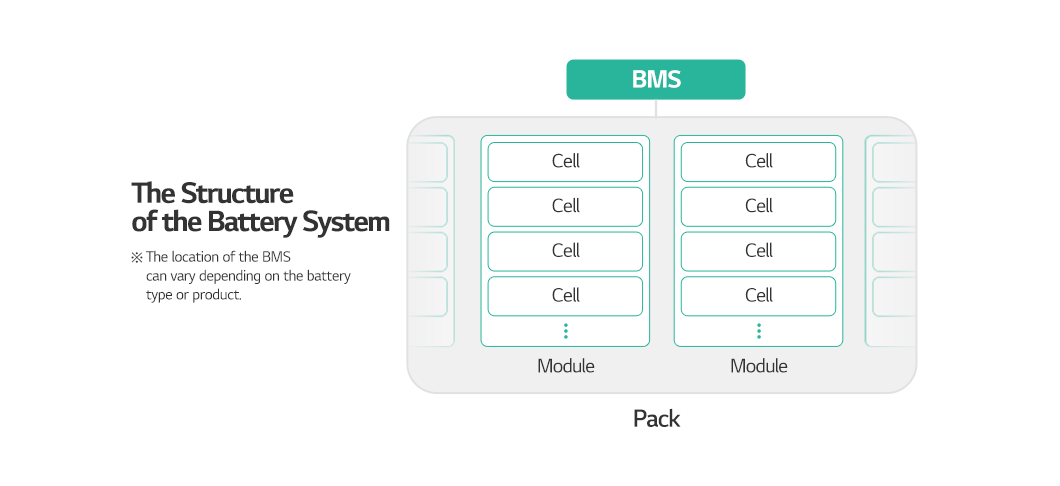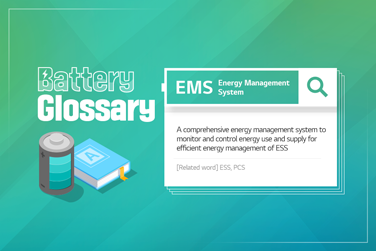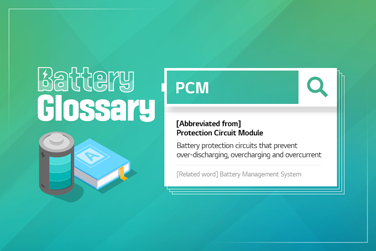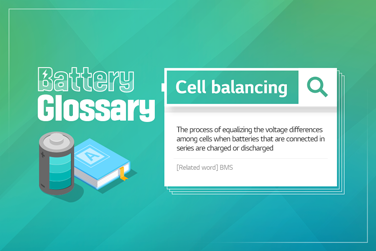You may have often seen the word “BMS” when you read writings like news articles on battery safety. Basically, it is an essential system for optimum management of battery performance and life. It monitors and regulates the battery’s state to ensure batteries are maintained and used in the best condition possible.

What is BMS?
Short for Battery Management System, BMS is a system that manages batteries, as its name suggests. It monitors the current, voltage, and temperature of the battery through the sensor in the battery electric vehicle or energy storage system. And the system controls the battery’s state so that the battery can have the highest performance possible.

Role of BMS
The most basic unit of a battery is the cell. A set number of cells comprise a module, and modules comprise a pack, the complete form of an EV battery. The role of BMS in a battery can be compared to that of a choir conductor. As a conductor sets the tone and tempo to combine different voices of the choir into a harmonious song, BMS tunes the current and voltage of each cell like a conductor.

What BMS does
BMS broadly does 3 jobs to help batteries perform in optimum condition and have a longer life.
① Monitoring
It monitors necessary parameters such as voltage, current and temperature through the sensor in the battery system. Then, it predicts the state of charge (SoC) and the state of health (SoH) of the battery based on the data.
② Cell management
It reduces differences between battery cells through cell balancing.
③ Control
It prevents over-charging, over-discharging or overcurrent.

After all, the roles of BMS are to manage the longevity, performance, and safety of batteries. As the development of batteries continues, BMS evolves to be more sophisticated and safer. If you don’t recall what BMS is in future, try to think of a choir conductor.





